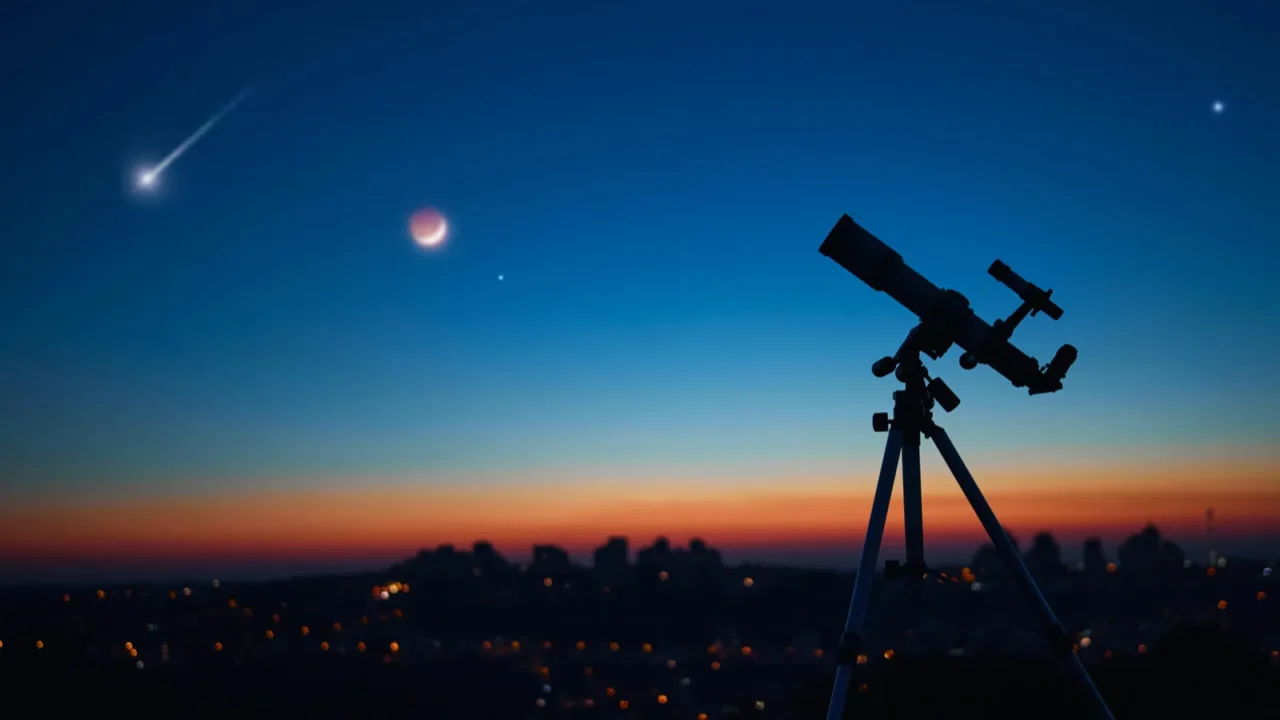
Why Stargazing Deserves a Spot on Your Travel List
There’s something ancient and oddly reassuring about stargazing. You don’t need a telescope, a degree in astronomy, or even a cloudless forecast to enjoy stargazing. What do you need? A little darkness, a lot of curiosity, and the right destination.
Whether you’re camping beneath the Milky Way or stretching out in a Dark Sky park, this guide will help you find the best U.S. destinations and make the most of every star-filled moment.
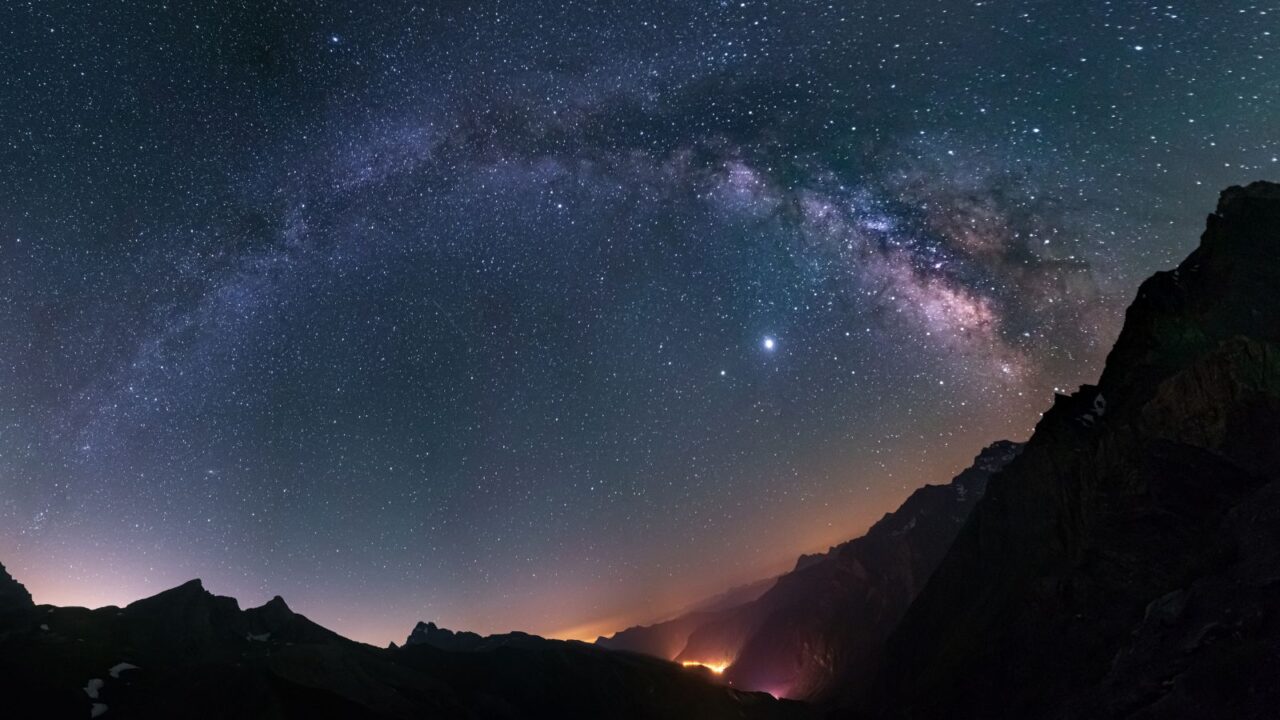
Dark Sky Destination
Dark Sky destinations are places where artificial light is minimal and natural night skies shine. Many are certified by the International Dark-Sky Association (IDA), which helps protect nighttime environments around the world.
That means clearer views of constellations, planets, and meteor showers. You don’t have to be an astronomer to appreciate them. These locations let you experience the sky the way humans did for thousands of years: untouched, wild, and full of quiet beauty.
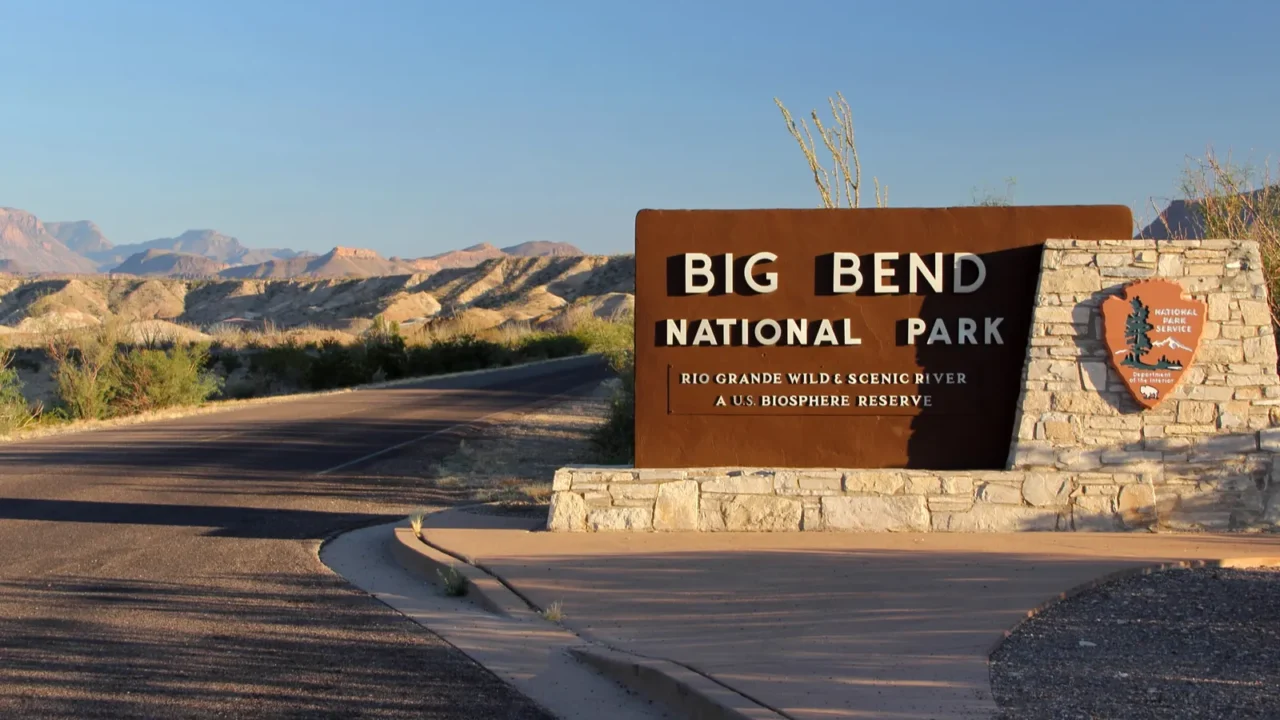
Big Bend National Park, Texas
Big Bend is one of the darkest and quietest national parks in the U.S. Tucked along the Rio Grande in West Texas, it offers striking desert landscapes by day and jaw-dropping skies by night.
The park hosts regular star parties and even has a dedicated observatory. Bring warm layers, especially in winter, and head to the Chisos Basin or Rio Grande Village for some of the clearest views.
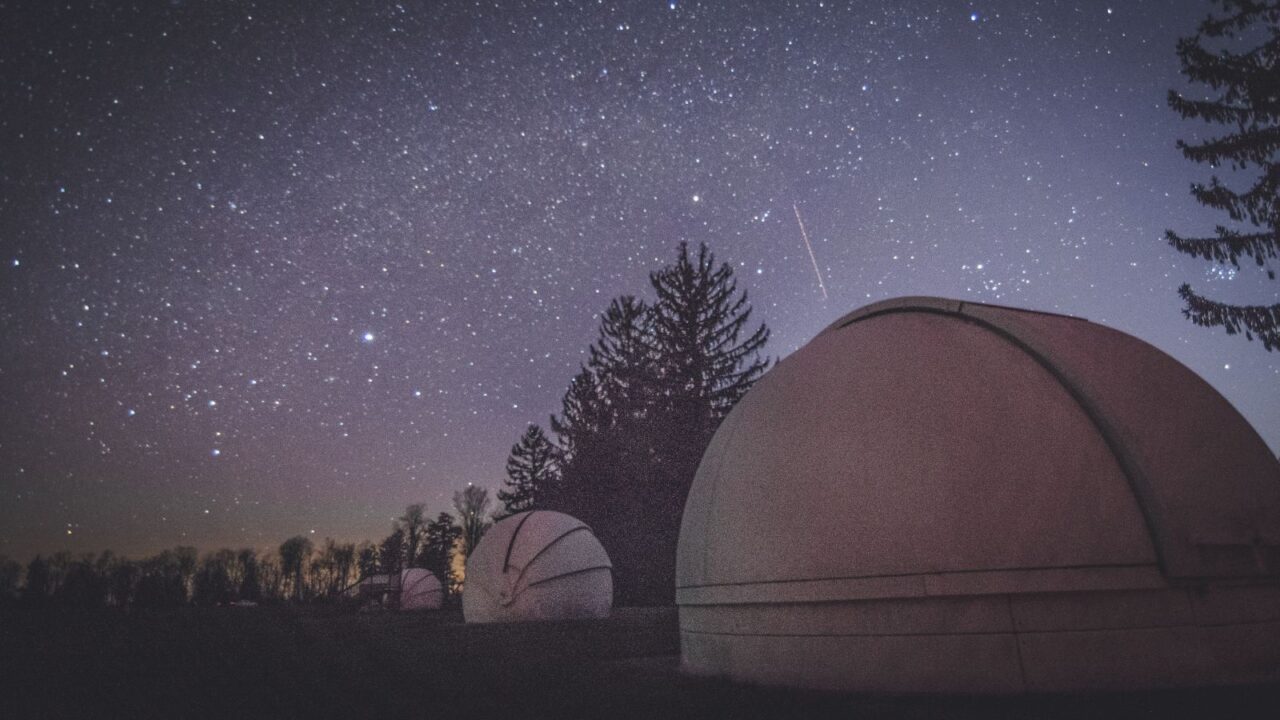
Cherry Springs State Park, Pennsylvania
Tucked into rural Pennsylvania, Cherry Springs is legendary among East Coast stargazers. This certified Gold Tier Dark Sky Park has a special Astronomy Field with 360-degree views and clear skies much of the year.
The Milky Way here is so bright, it casts shadows. Stargazing platforms, overnight passes, and ranger-led programs make this an ideal intro spot. Best of all? It’s accessible, no need to drive cross-country. Just show up, lie back, and let the cosmos unfold.
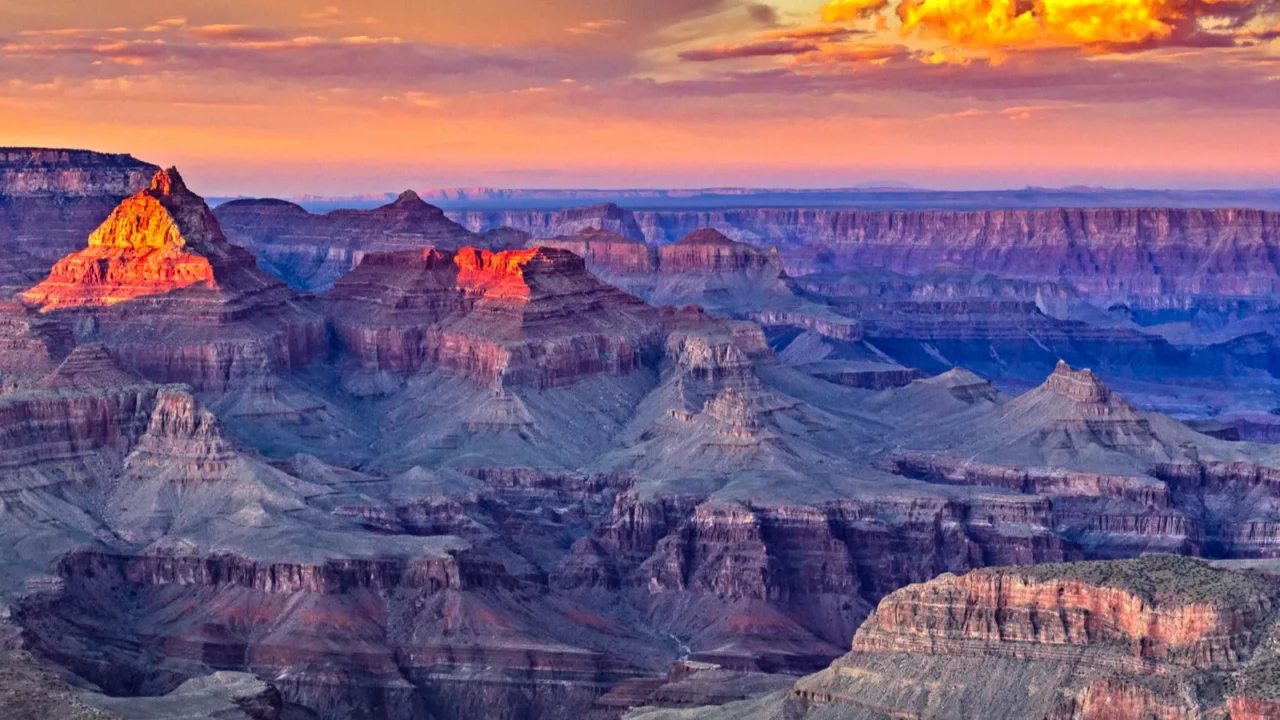
Grand Canyon-Parashant National Monument, Arizona
This lesser-known section of Grand Canyon country is a stargazer’s dream. Parashant has no paved roads, no visitor centers, and no city glow, just raw land and an endless sky.
It’s designated an International Dark Sky Park, and while you’ll need a high-clearance vehicle and solid prep, the reward is unforgettable. Camp overnight, watch the constellations rise over rugged cliffs, and listen as the world quiets down completely.
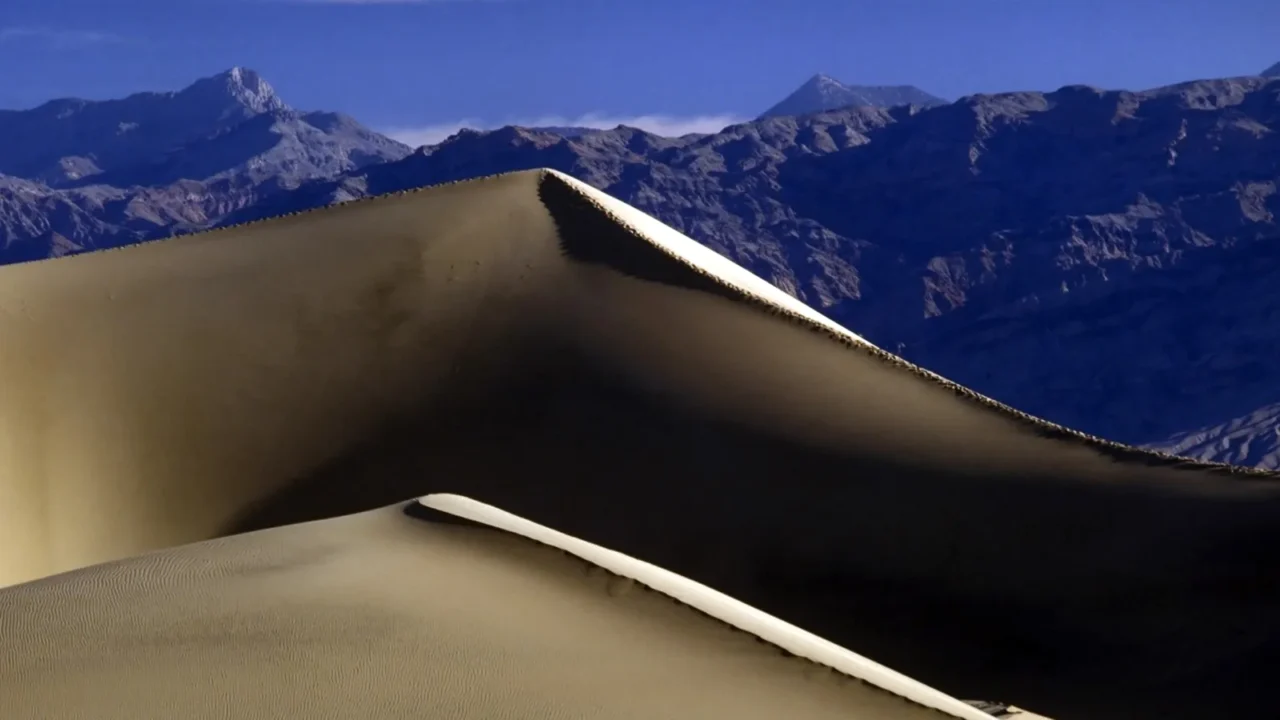
Death Valley National Park, California, Nevada
Famous for its extremes, Death Valley is also one of the best places in the U.S. for stargazing. Its dry desert air, vast open spaces, and lack of light pollution make for some of the darkest skies anywhere.
Furnace Creek and Mesquite Flat Sand Dunes are top viewing spots. Visit in fall or winter when temperatures are milder, and check the park’s calendar for ranger-led astronomy nights.
On a moonless night, you can see thousands of stars, and maybe feel a little small, in the best way.
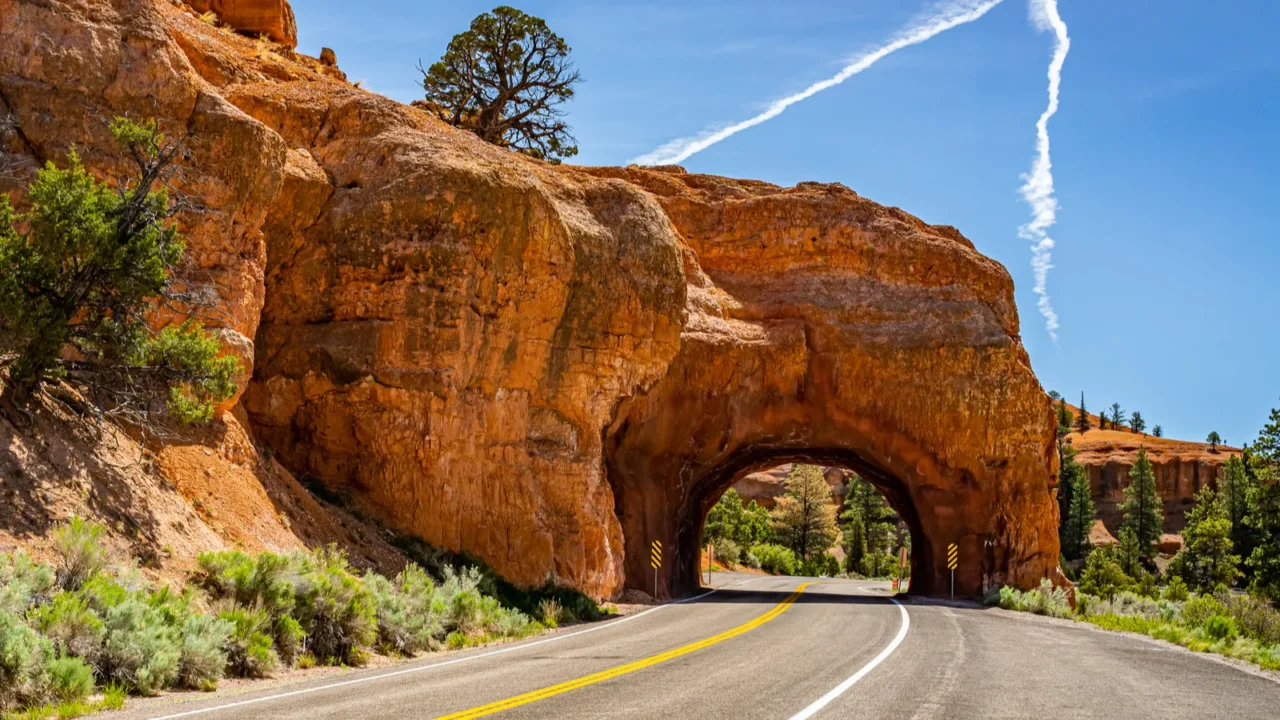
Natural Bridges National Monument, Utah
This was the first park ever designated an International Dark Sky Park. That says something. In this remote slice of Utah, sandstone arches frame a sky so dark that the Milky Way often steals the show.
Stargaze from Owachomo Bridge or the visitor center’s night viewing area. Visit during a new moon and bring binoculars if you want to catch distant galaxies.
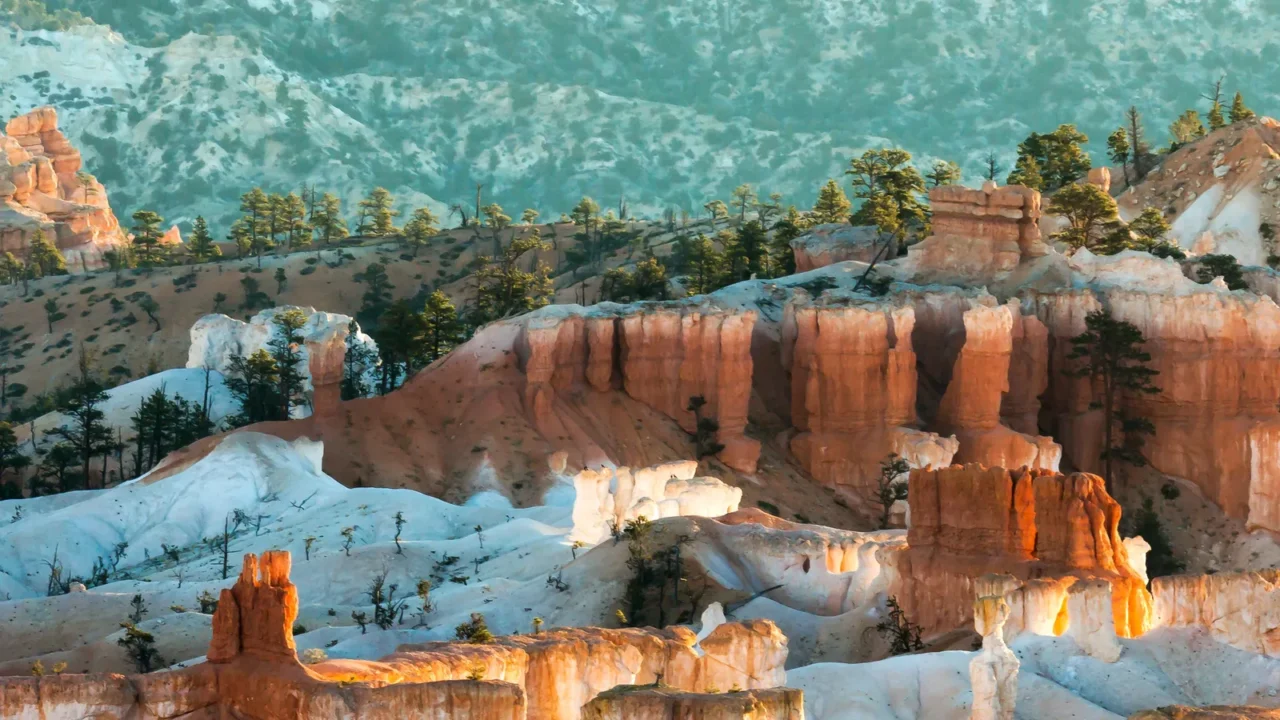
Bryce Canyon National Park, Utah
Bryce isn’t just stunning by day, its amphitheater of red rock spires creates a surreal backdrop for night sky views. The high elevation and dry air make it ideal for stargazing.
Attend one of the park’s famous astronomy programs or join their annual Astronomy Festival in summer. Telescope stations, constellation tours, and deep-sky viewing make this a favorite for both beginners and seasoned stargazers.
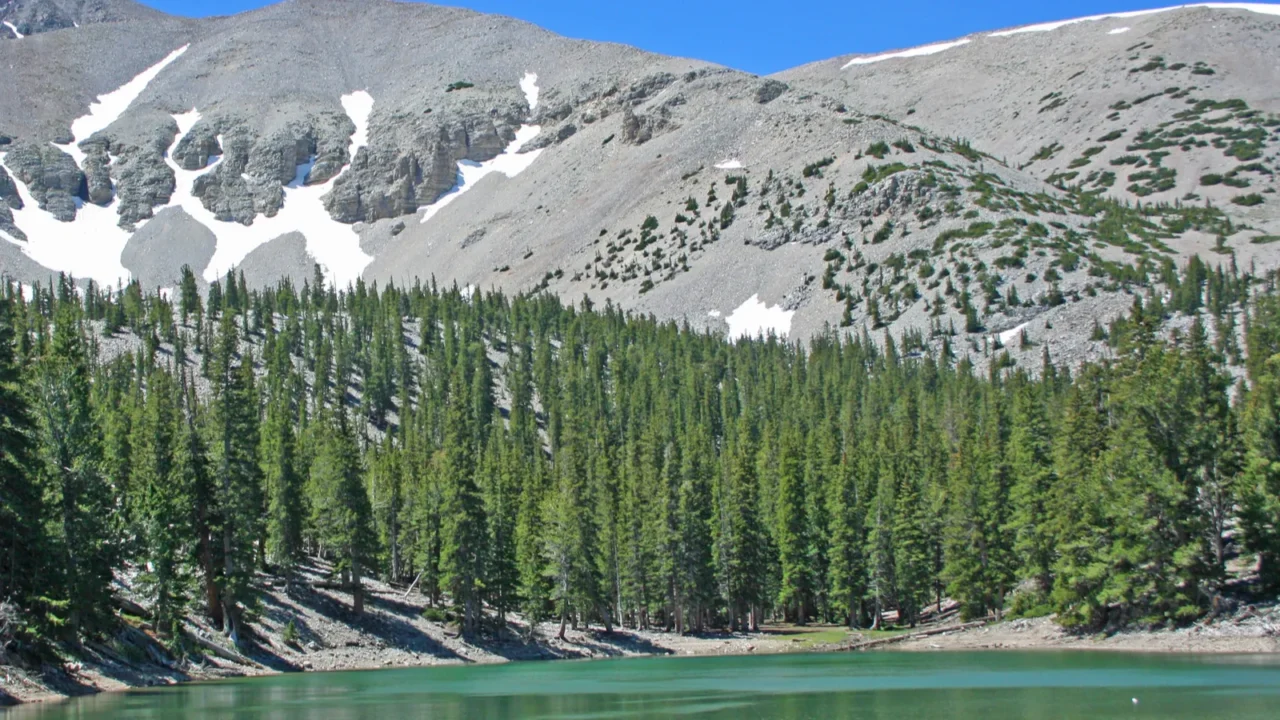
Great Basin National Park, Nevada
Far from city lights and off the radar for most tourists, Great Basin is one of the quietest, darkest parks in the Lower 48. The park’s astronomy programs are among the best, and it even has a research-grade observatory.
Take the Wheeler Peak Scenic Drive for elevation or set up at the Baker Archeological Site for wide open viewing. On clear nights, you’ll see everything from Venus to the Andromeda Galaxy, and maybe even a shooting star or two.
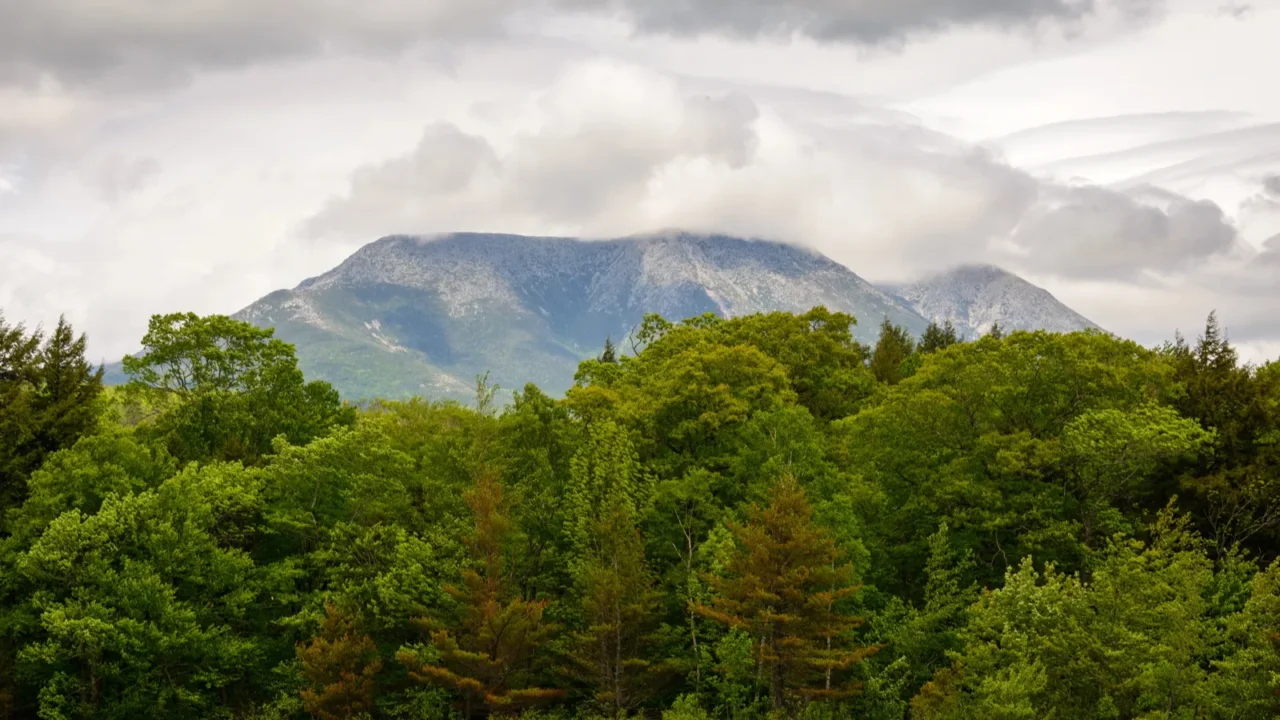
Katahdin Woods and Waters, Maine
Maine’s newest national monument is quickly gaining fame, not just for its wilderness, but for its night skies. Designated as an International Dark Sky Sanctuary, this remote swath of northern Maine offers stargazing that rivals the West.
Camp under the stars or hike to scenic overlooks for nighttime viewing. In the fall, you might catch the aurora borealis if conditions are right.
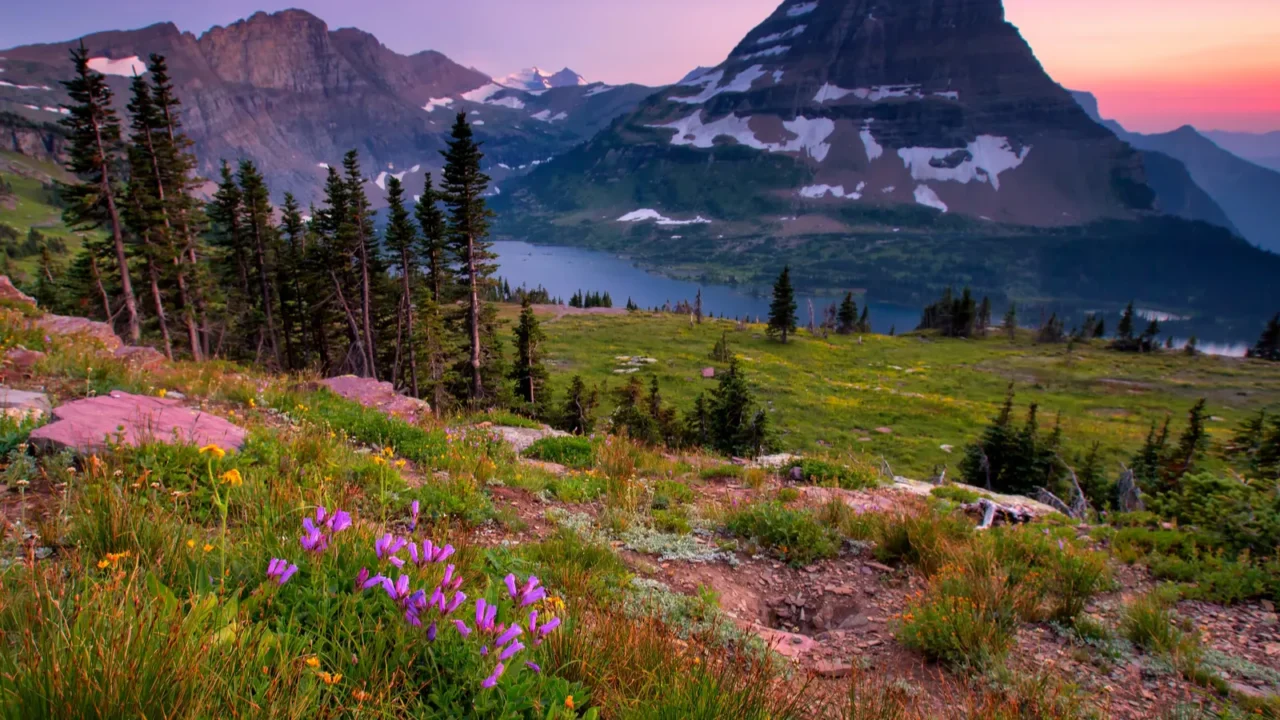
Glacier National Park, Montana
During the day, Glacier’s towering peaks and turquoise lakes steal the show. But stay past sunset, and you’ll witness a different kind of wonder. Glacier’s high-altitude, low-light environment makes for brilliant stargazing.
Logan Pass and the Lake McDonald area are popular night spots, and the park hosts regular “Star Parties” with astronomers and telescopes. Bundle up, bring a headlamp with a red filter, and prepare to be awed.
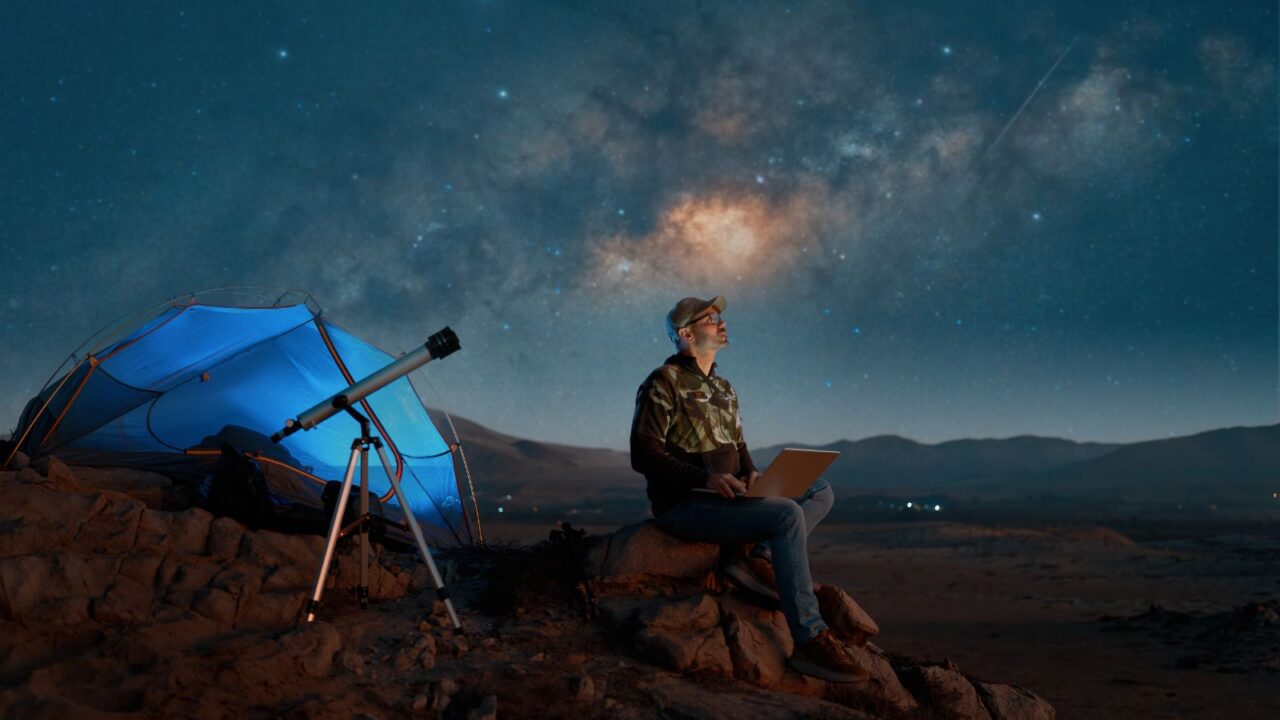
What You’ll Need (Spoiler: Not Much)
The beauty of stargazing is how low-tech it can be. For most beginners, all you need is:
- A dark spot, away from streetlights and cities
- A clear night (check forecasts before you go)
- A blanket or reclining chair to get comfy
- Warm layers, even in summer, nights get chilly fast
- A red flashlight (preserves your night vision)
- Optional: a stargazing app like Sky Guide or Stellarium
If you’re camping overnight, bring snacks, thermos drinks, and a journal, because there’s something about sitting under the stars that makes you want to write things down.
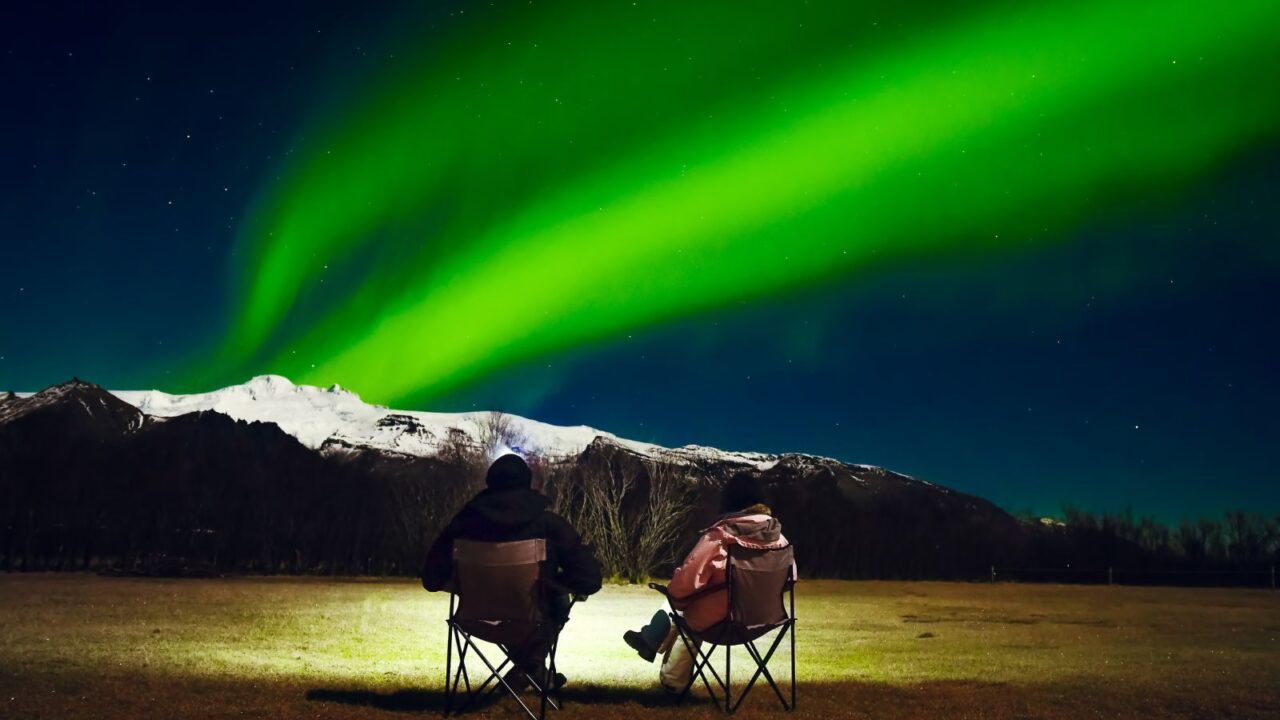
When’s the Best Time to Go?
Stargazing is technically a year-round experience, but some seasons shine brighter.
- Summer brings warm temps and views of the Milky Way.
- Fall and winter have crisp skies with less humidity, which often means clearer visibility.
- Avoid full moon nights, which can wash out dimmer stars.
- Time your trip with meteor showers like the Perseids (August) or Geminids (December) for added cosmic drama.
Many parks host “star parties” or astronomy nights, where local experts offer guided constellation tours or telescope viewing. These events are great for first-timers.

Tips for a Better Stargazing Experience
- Let your eyes adjust: It takes 20–30 minutes for full night vision. Avoid checking your phone or using white lights.
- Get comfy: A camp chair that leans back is a game-changer.
- Download a sky map app: Great for identifying planets and stars.
- Stay quiet: Stargazing is best when the world slows down a bit.
- Leave no trace: Pack out your trash, avoid loud music, and respect wildlife.
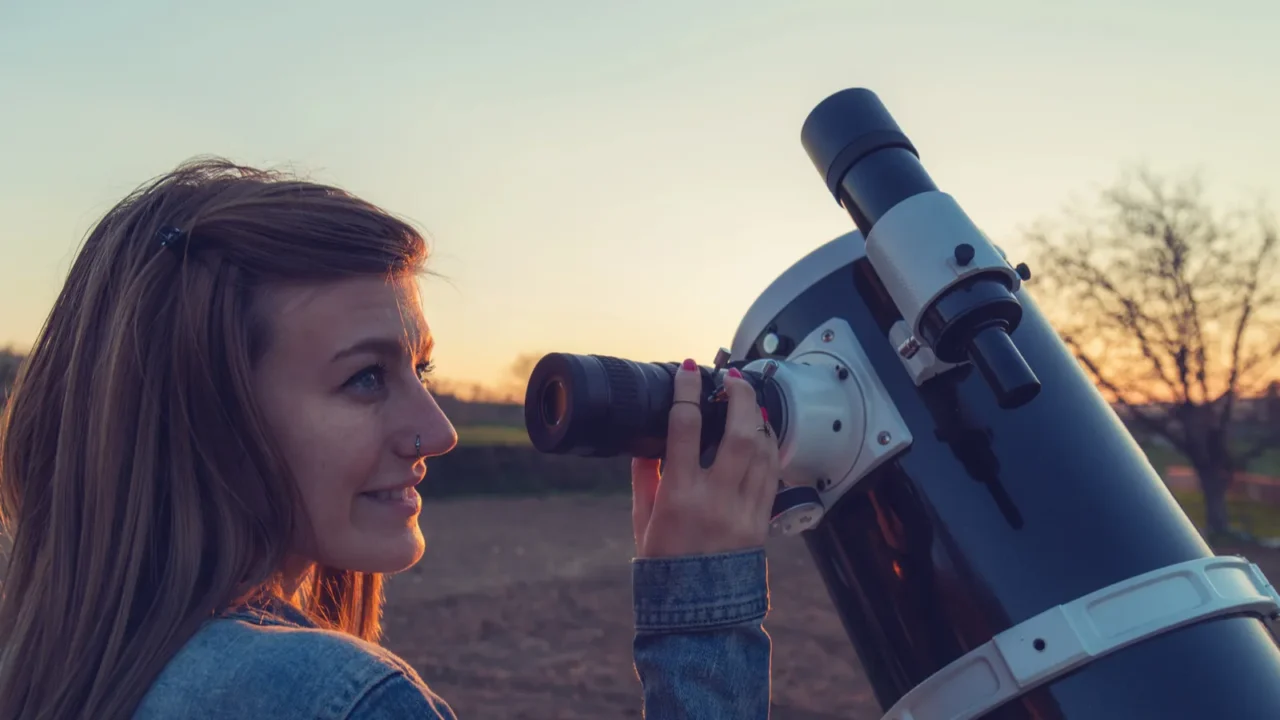
Apps and Tools to Bring Along
Enhance your stargazing with apps like SkyView, SkySafari, or Star Walk 2, which help identify constellations, planets, and satellites in real time. A good stargazing guidebook or a simple star chart can also go a long way.
Bring binoculars if you don’t have a telescope; many deep-sky objects are visible with just a basic pair. And if you want to capture the view, try a tripod-mounted DSLR with a wide aperture and long exposure settings.
And if you love lakes just as much as stars, don’t miss these dreamiest lakes in Minnesota, where reflections meet constellations.
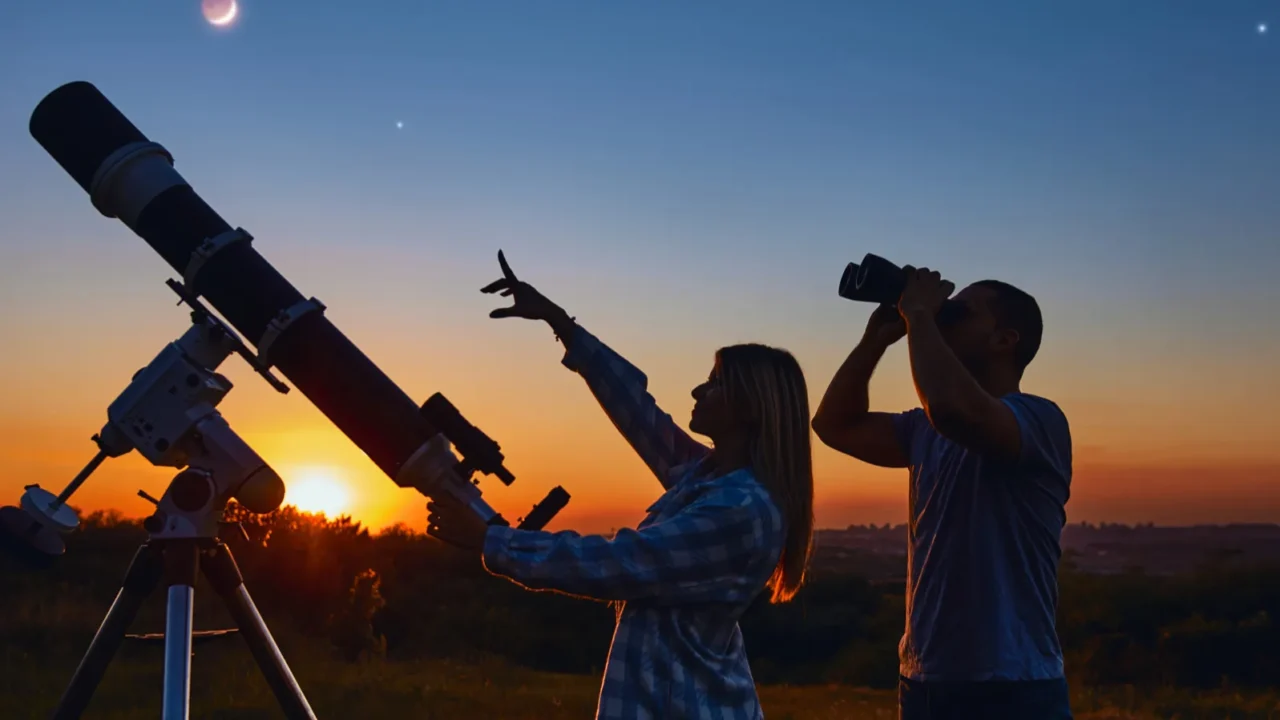
Why Looking Up Might Be the Best Escape for You
We’re often told to keep our heads down, stay busy, and stick to the path. But sometimes, the best thing you can do is look up.
It’s about stepping outside your routine, letting your mind drift, and remembering how vast the world really is. Stargazing is slow travel at its finest.
No checklists, no lines, no rush, just you, the earth, and everything above it. Ready to bring that wonder closer to home? Here’s how to turn your space into a cozy observatory for nights that make you feel infinite.
Have you found your perfect stargazing spot yet? Tell us your favorite night-sky experience in the comments.
Read More From This Brand:
- Dreamiest Lakes to Visit in Minnesota
- The Best Walkable Cities for a Car-Free Getaway
- The Most Iconic Hotel Buildings Around the World
Don’t forget to follow us for more exclusive content right here on MSN.
This slideshow was made with AI assistance and human editing.